In today’s changing climate, extreme weather events are occurring more frequently, making preparing outdoor spaces for storms and natural disasters crucial. As extreme weather becomes more common, taking precautions to protect your home and outdoor areas can minimise damage and ensure the safety of your family and neighbours. By preparing your outdoor spaces, you can reduce the risk of property damage, prevent injuries, and contribute to the overall resilience of your community in the face of extreme weather events. Preparing outdoor areas before a storm or natural disaster can provide numerous benefits and peace of mind.
Common Natural Disasters in Australia
Australia is prone to various natural disasters, particularly during storm season when more extreme weather events are likely to occur. Cyclones, characterised by strong winds and heavy rainfall, can cause significant damage to coastal regions. Fueled by hot weather and heat waves, bushfires can rapidly spread and devastate vast areas.
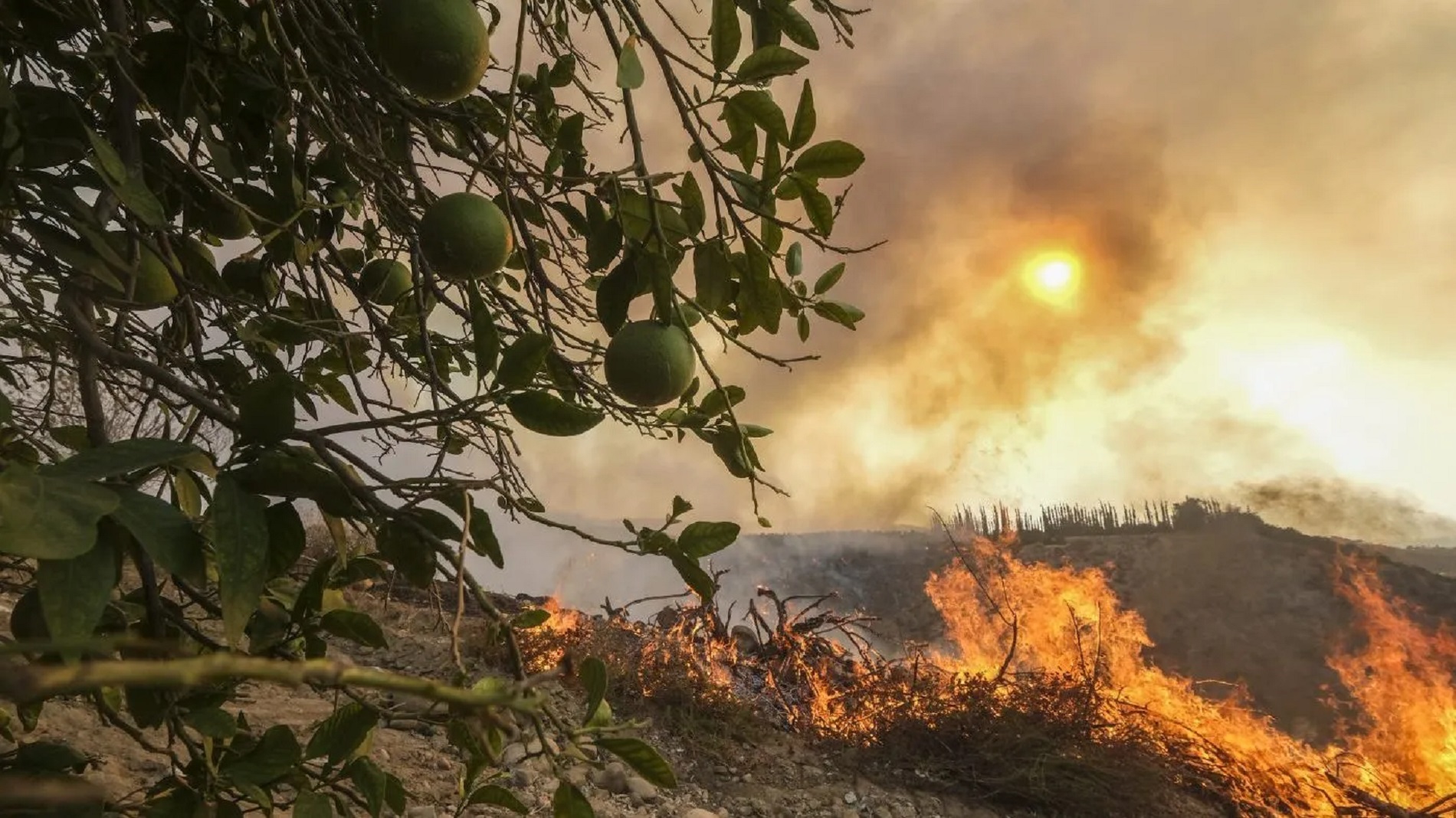 Landslides, triggered by heavy storms and saturated soil, threaten hillside communities. Intense rainfall during storm season can lead to flash floods and property damage. Storm surges, caused by cyclonic winds, can inundate low-lying coastal areas. Additionally, the strong winds associated with these events can harm tender plants and softer foliage plants, highlighting the need to consider extreme weather in landscaping choices.
Landslides, triggered by heavy storms and saturated soil, threaten hillside communities. Intense rainfall during storm season can lead to flash floods and property damage. Storm surges, caused by cyclonic winds, can inundate low-lying coastal areas. Additionally, the strong winds associated with these events can harm tender plants and softer foliage plants, highlighting the need to consider extreme weather in landscaping choices.
Securing Small Objects
Securing small objects in your outdoor space is essential to minimise wind damage during storms. Bring lawn furniture, grills, and other movable items inside your garage, basement, or shed. If space is limited, consider using shade cloth or tarps to cover and protect your outdoor furniture from the elements, especially during a heat wave or extreme heat.
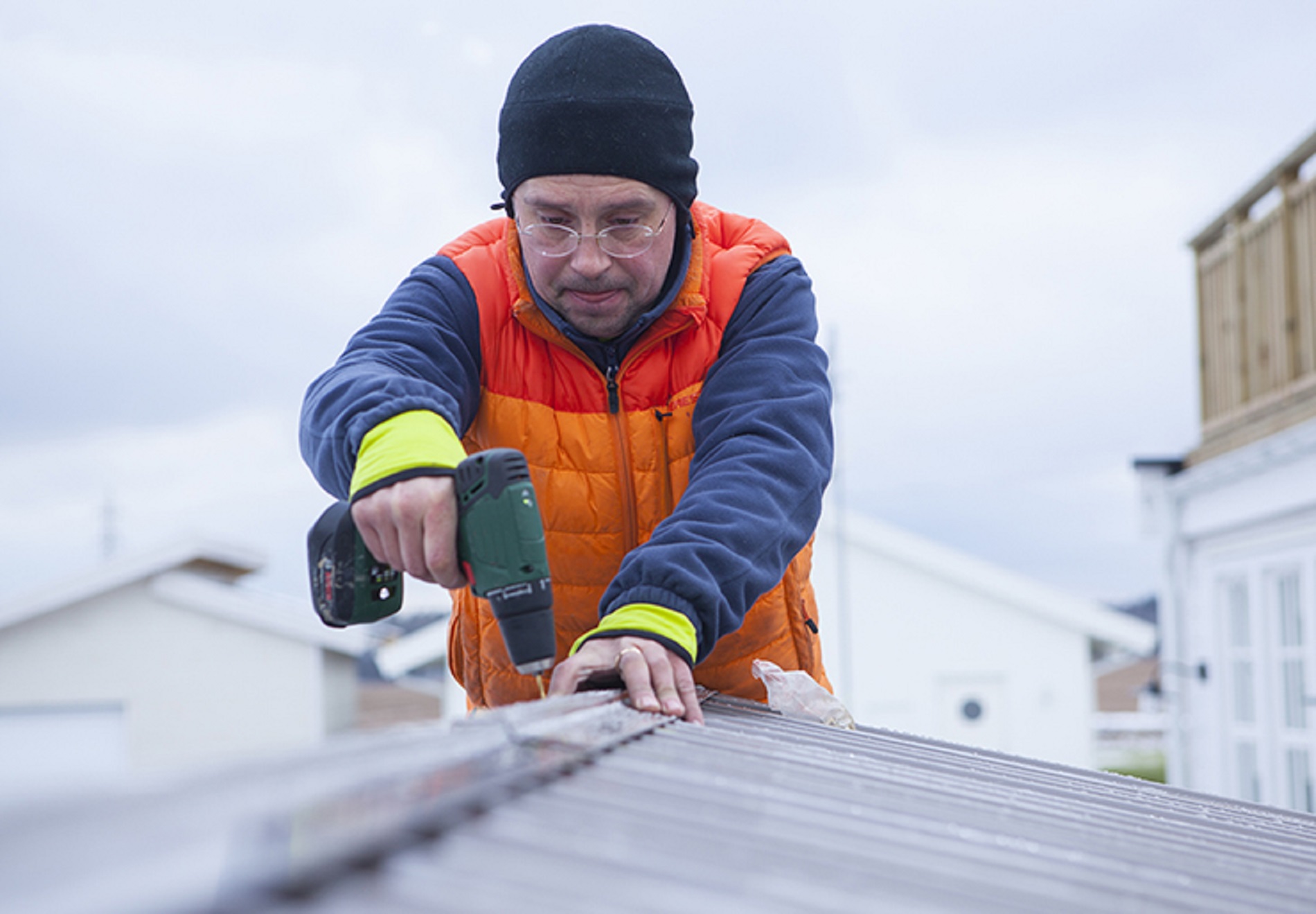
Secure the coverings tightly to prevent them from blowing away. Unsecured objects can become dangerous projectiles in heavy winds, risking damage to your property and neighbours. By taking these precautions and monitoring local weather reports daily, you can significantly reduce the potential for damage caused by too much rain or strong winds.
Proper preparation protects your belongings, encourages deeper root growth in plants, and promotes slower-grown, tougher foliage that can withstand extreme weather conditions better.
Maintaining Gutters
Keeping your gutters clean and well-maintained is crucial, especially during storm season when heavy rain is more likely. Clogged gutters can lead to water overflow, which can cause significant damage to your home’s foundation, walls, and roof.
To prevent water damage, checking and cleaning your gutters regularly is essential, as well as removing any debris, such as leaves or twigs, that may obstruct the water flow. This is particularly important before a big storm hits, as the increased rainfall can quickly overwhelm neglected gutters.

By ensuring that your gutters are functioning correctly, you can minimise the risk of water damage to your home and protect your property from the potential consequences of heavy rain.
Protecting Young Trees
Young trees are particularly vulnerable to damage from high winds during storms. Their underdeveloped root systems and less robust trunks make them more susceptible to being uprooted or snapped. To protect recently planted trees, ensure that stakes are driven deep into the ground and that ties are secure but not too tight, allowing some flexibility for movement.
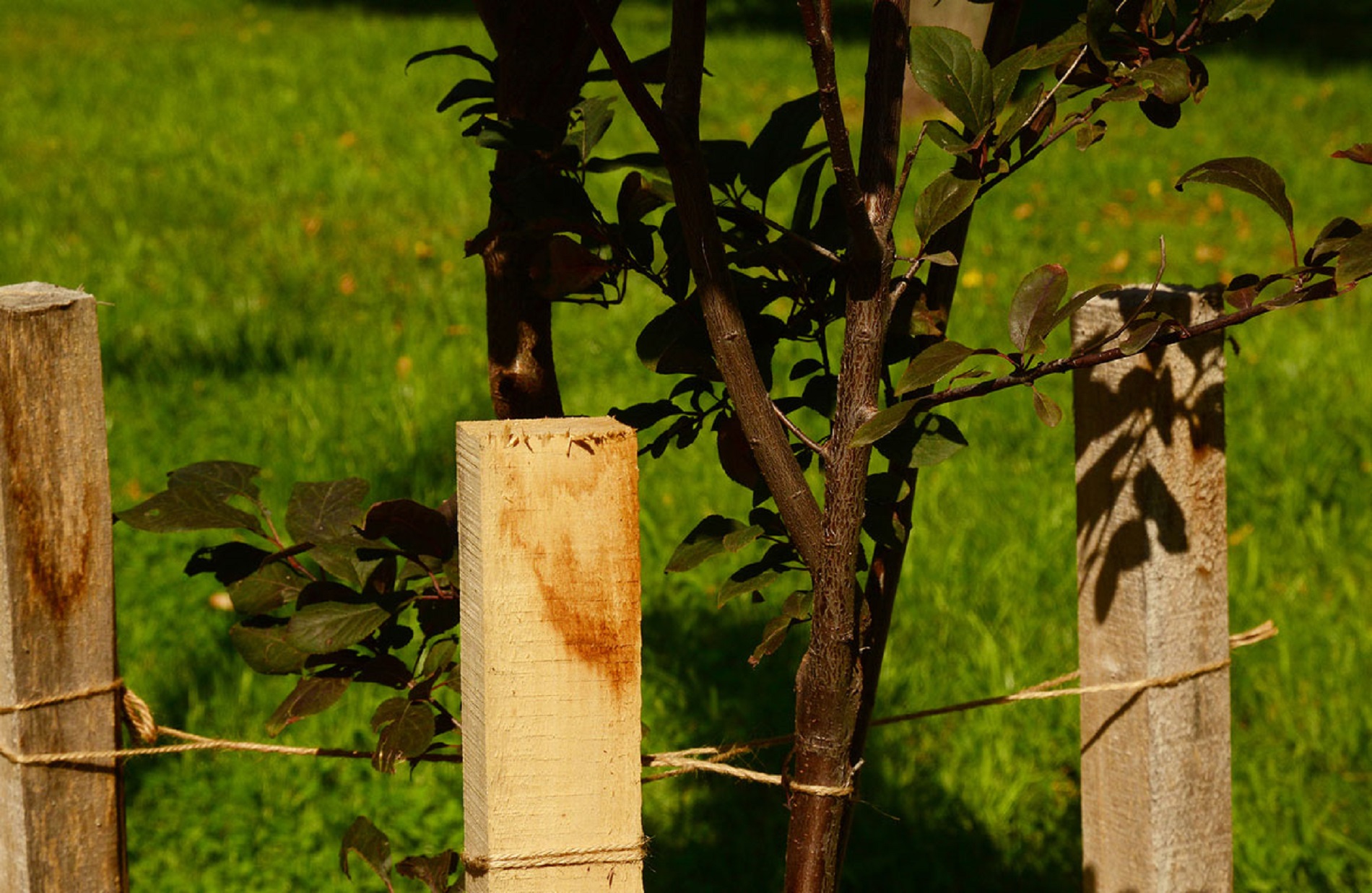 This support helps the trees develop stronger, deeper root growth and encourages the growth of slower-grown, tougher foliage that can better withstand extreme weather. When a storm approaches, re-staking older trees that may have outgrown their original support system is crucial.
This support helps the trees develop stronger, deeper root growth and encourages the growth of slower-grown, tougher foliage that can better withstand extreme weather. When a storm approaches, re-staking older trees that may have outgrown their original support system is crucial.
Additionally, young trees are more sensitive to extreme cold and extended heat waves. Water your young trees deeply and regularly during extremely hot days to help them establish a strong foundation and increase their resilience to challenging weather conditions.
Storing Chemicals Safely
When preparing for storms or natural disasters, it’s crucial to ensure that all chemicals, including cleaning products, insecticides, pesticides, and motor fuels, are stored securely. These substances can pose significant risks if they come into contact with floodwaters, potentially spreading toxic chemicals throughout your property and into the environment. To minimise this danger, store all chemicals in high, secure areas that are least likely to be affected by rising water levels.
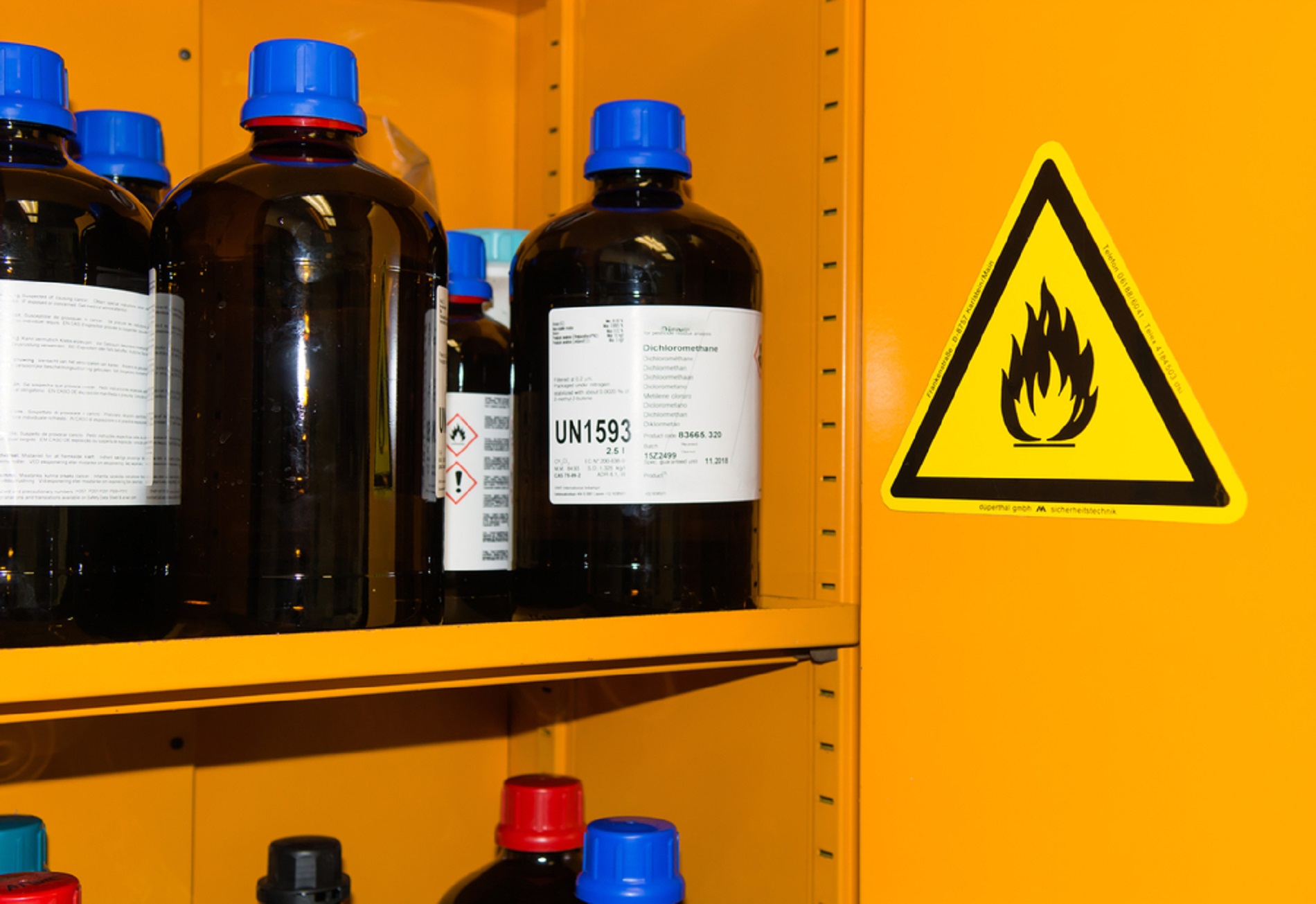 Consider using waterproof containers or shelves to protect the chemicals from moisture further. Regularly check the storage area for any leaks or damage to the containers, and dispose of any expired or unnecessary chemicals responsibly.
Consider using waterproof containers or shelves to protect the chemicals from moisture further. Regularly check the storage area for any leaks or damage to the containers, and dispose of any expired or unnecessary chemicals responsibly.
Preparing Water Gardens
When a storm or natural disaster is approaching, protecting your water garden and its inhabitants is essential. If you have valuable fish, such as koi, consider bringing them inside in large buckets filled with pond water to ensure their safety.
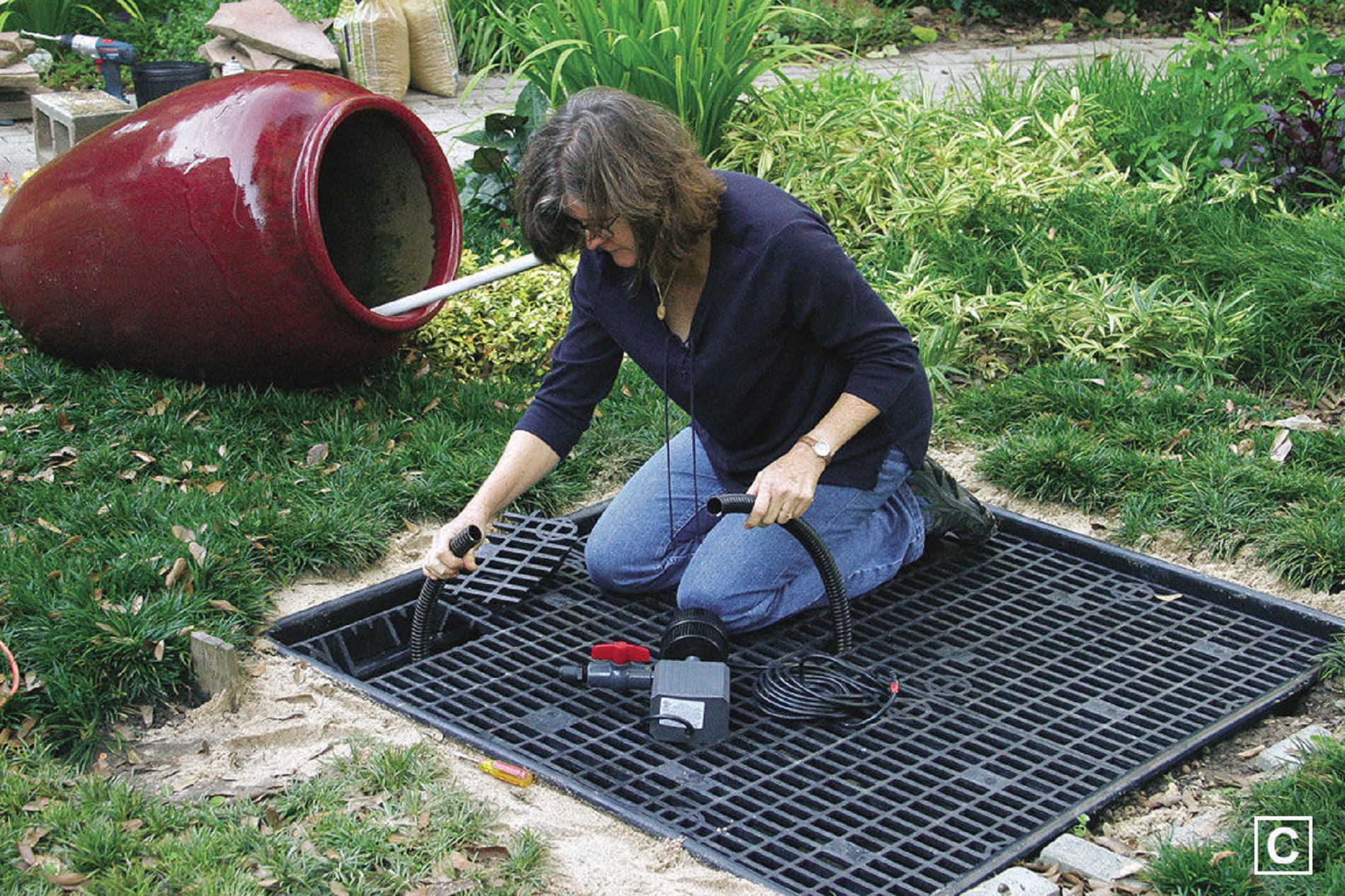 This will protect them from potential contamination or harm during the storm. Next, turn off and secure your garden’s fountains or water features. These structures can be damaged by strong winds or debris; securing them will help prevent potential hazards. Unplug all electrical cords connected to your water garden, including those for pumps, lights, or other features. Roll up the cords and store them in a dry, secure location to avoid water damage or electrical hazards.
This will protect them from potential contamination or harm during the storm. Next, turn off and secure your garden’s fountains or water features. These structures can be damaged by strong winds or debris; securing them will help prevent potential hazards. Unplug all electrical cords connected to your water garden, including those for pumps, lights, or other features. Roll up the cords and store them in a dry, secure location to avoid water damage or electrical hazards.
Maintaining Outdoor Structures
Outdoor structures like pergolas, Bali huts, and arbours can add beauty and functionality to your garden. Still, they also require regular maintenance to withstand strong winds during storms. Before storm season arrives, take the time to inspect these structures thoroughly. Tighten any loose anchors or screws, and replace any damaged or missing hardware. Pay particular attention to the connection points between the structure and the ground, as these are critical for stability.
 Regular checkups should be conducted throughout the year to ensure all fasteners remain in good working order. In addition to the structure, consider the safety of any garden furniture or accessories placed under or around these outdoor features.
Regular checkups should be conducted throughout the year to ensure all fasteners remain in good working order. In addition to the structure, consider the safety of any garden furniture or accessories placed under or around these outdoor features.
Secure or store these items appropriately to prevent them from becoming projectiles in strong winds.
Inspecting Roofs
Before storm season arrives, it’s crucial to inspect all the roofs on your property, including the main house roof and those of carports, sheds, and outbuildings. Start by visually examining the roof from the ground, looking for any obvious signs of damage, such as missing or curled shingles or sagging areas. If possible, safely access the roof for a closer inspection, or consider hiring a professional roofing contractor to assess its condition.
Check for loose, damaged, or missing shingles and any cracks or gaps in the flashing around chimneys, vents, or skylights. These issues allow water to penetrate the roof during heavy rains, leading to leaks and potential structural damage.
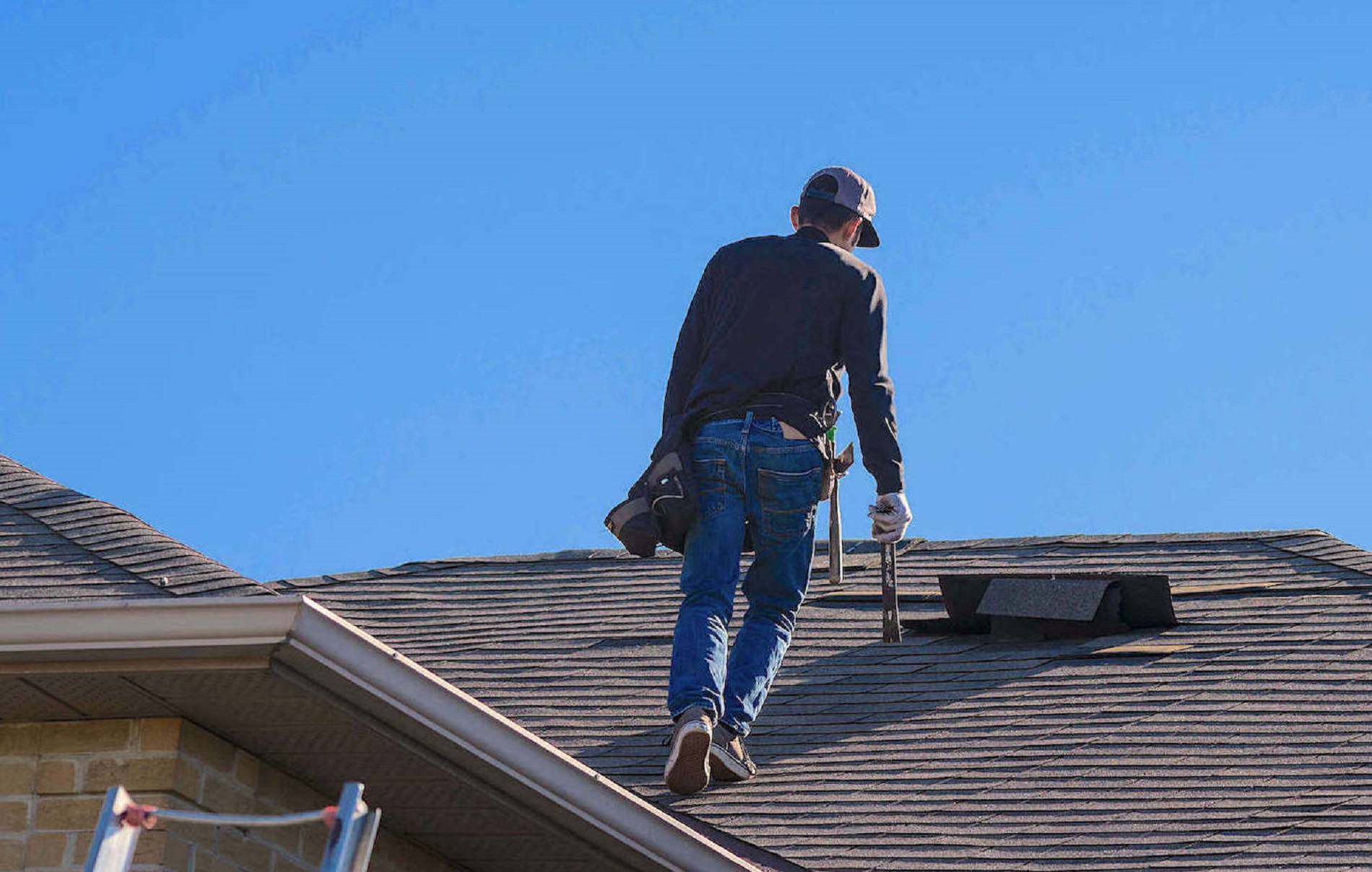 If you identify any problems, make the necessary repairs before the storm season begins. Replacing loose shingles, sealing cracks, and reinforcing flashing can help ensure your roofs are prepared to withstand the upcoming weather challenges.
If you identify any problems, make the necessary repairs before the storm season begins. Replacing loose shingles, sealing cracks, and reinforcing flashing can help ensure your roofs are prepared to withstand the upcoming weather challenges.
Family Emergency Preparedness
A well-thought-out family emergency plan is essential for safely weathering storms and natural disasters. Before storm season begins, gather your family members and discuss potential scenarios, such as power outages, water supply disruptions, or the need to evacuate.
Assign roles and responsibilities to each family member, ensuring everyone knows what to do in an emergency. Prepare an emergency kit with essential supplies, including non-perishable food, bottled water, first-aid supplies, flashlights, batteries, and a battery-powered radio.
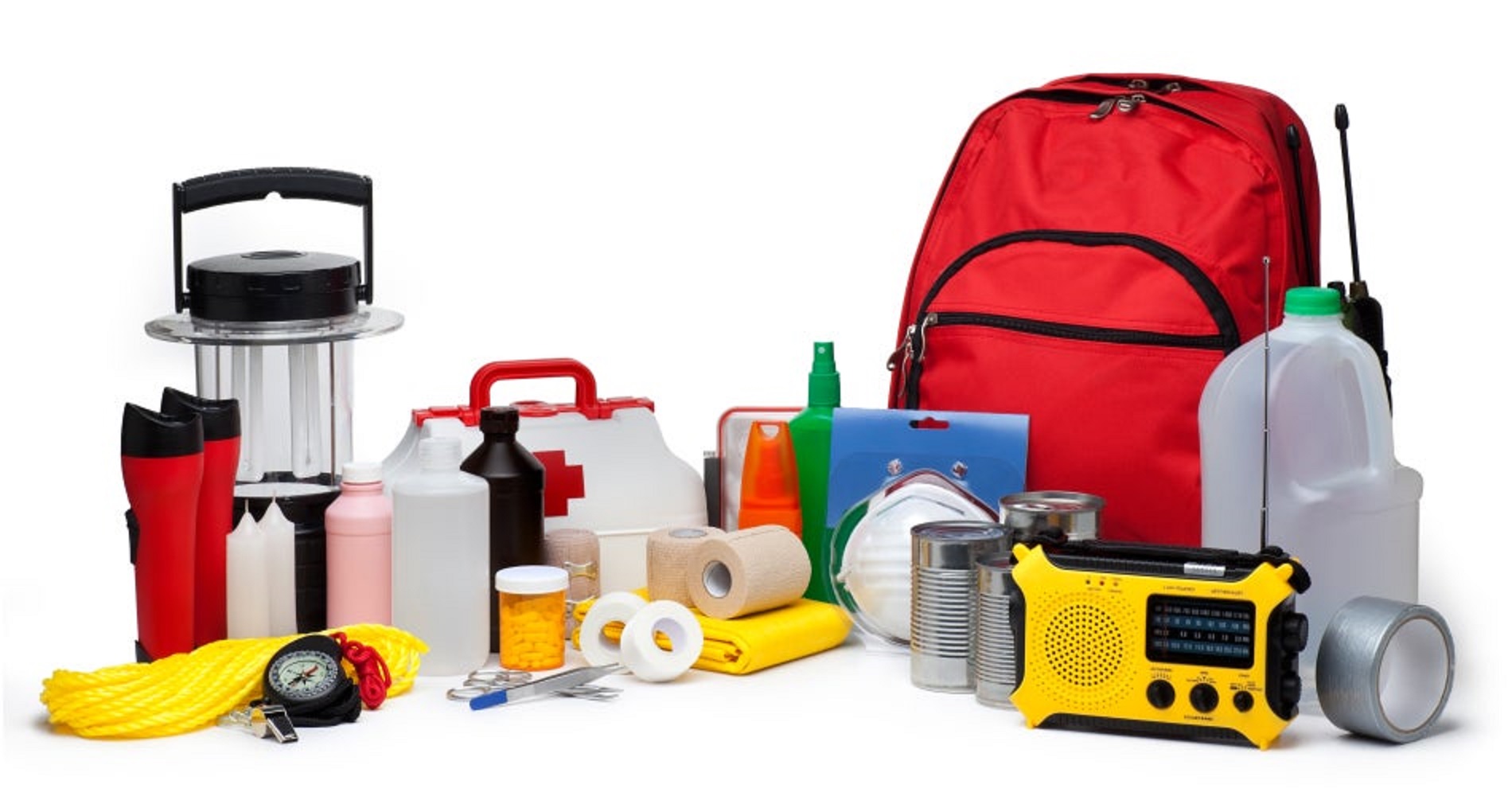 Store these items in an easily accessible location, and ensure all family members know where to find them. It’s also crucial to stay informed about the potential damages that may occur during a storm. Research the most common types of natural disasters in your area and understand how they can impact your home and property.
Store these items in an easily accessible location, and ensure all family members know where to find them. It’s also crucial to stay informed about the potential damages that may occur during a storm. Research the most common types of natural disasters in your area and understand how they can impact your home and property.
Remember, a well-prepared family is better equipped to handle the unexpected and emerge safely from any storm.
Weathering the Storm: Protecting Your Outdoor Space
Preparing your outdoor space for storms and natural disasters is crucial to home maintenance and emergency preparedness. By taking proactive steps to secure small objects, maintain gutters, protect young trees, store chemicals safely, prepare water gardens, maintain outdoor structures, and inspect roofs, you can significantly reduce the risk of damage to your property. These efforts help protect your investment in your outdoor space and contribute to your family’s overall safety and well-being during challenging times.
Incorporating these tips into your emergency preparedness plan ensures you are ready to face the unexpected and minimise the potential for costly repairs or losses. Remember, a well-prepared outdoor space is an essential component of a resilient home, capable of weathering any storm that comes its way.






